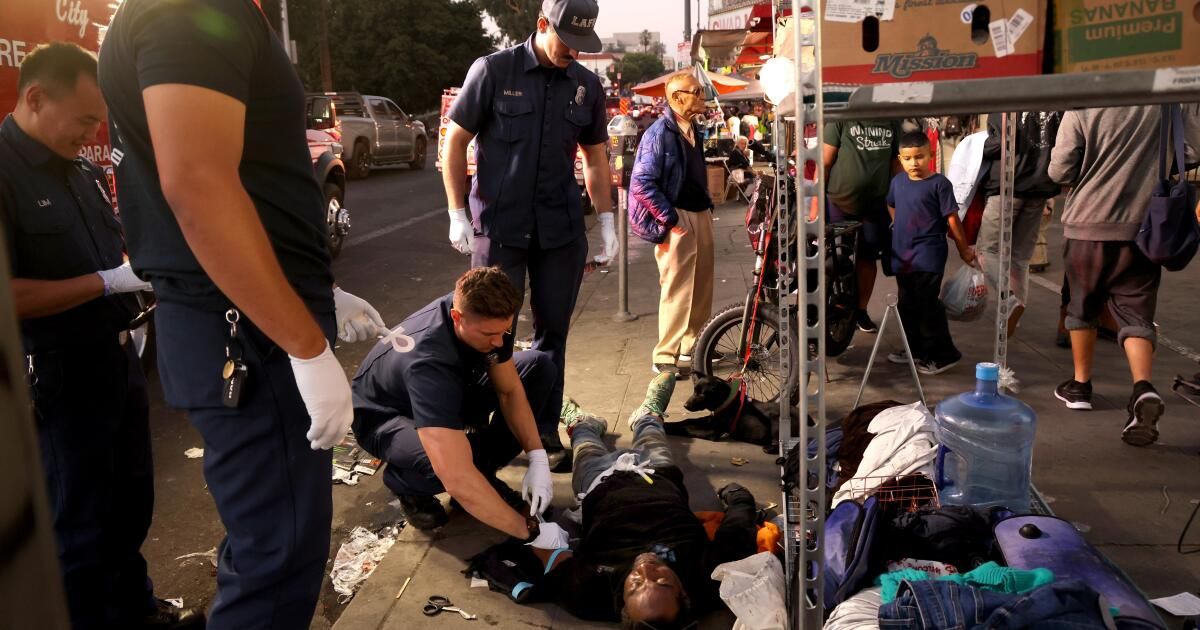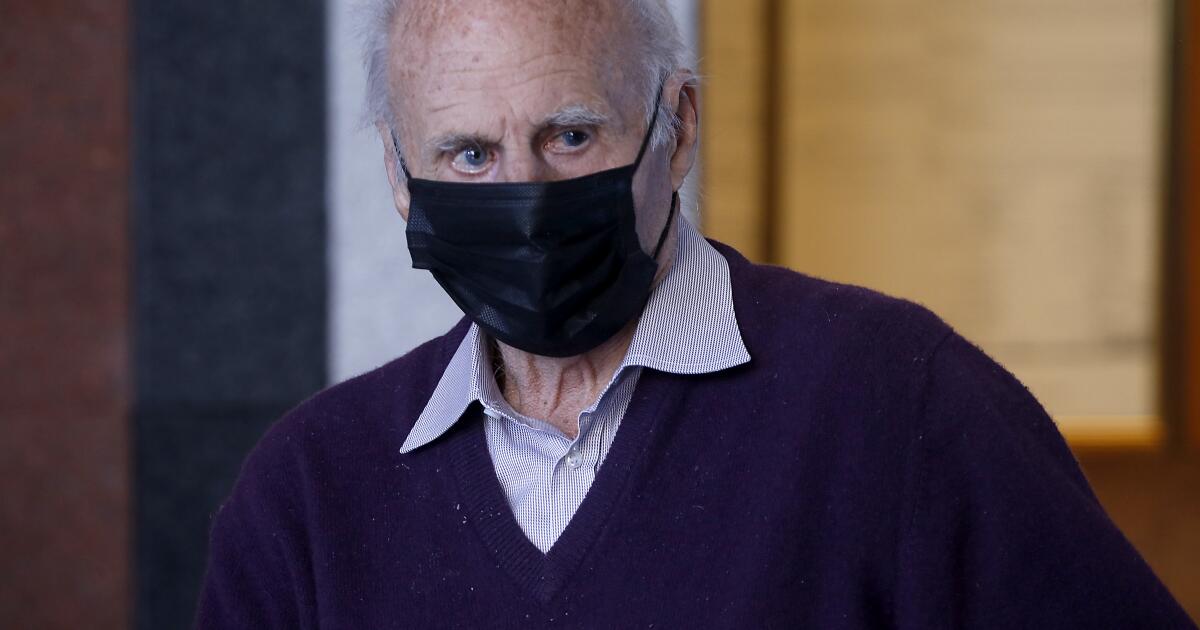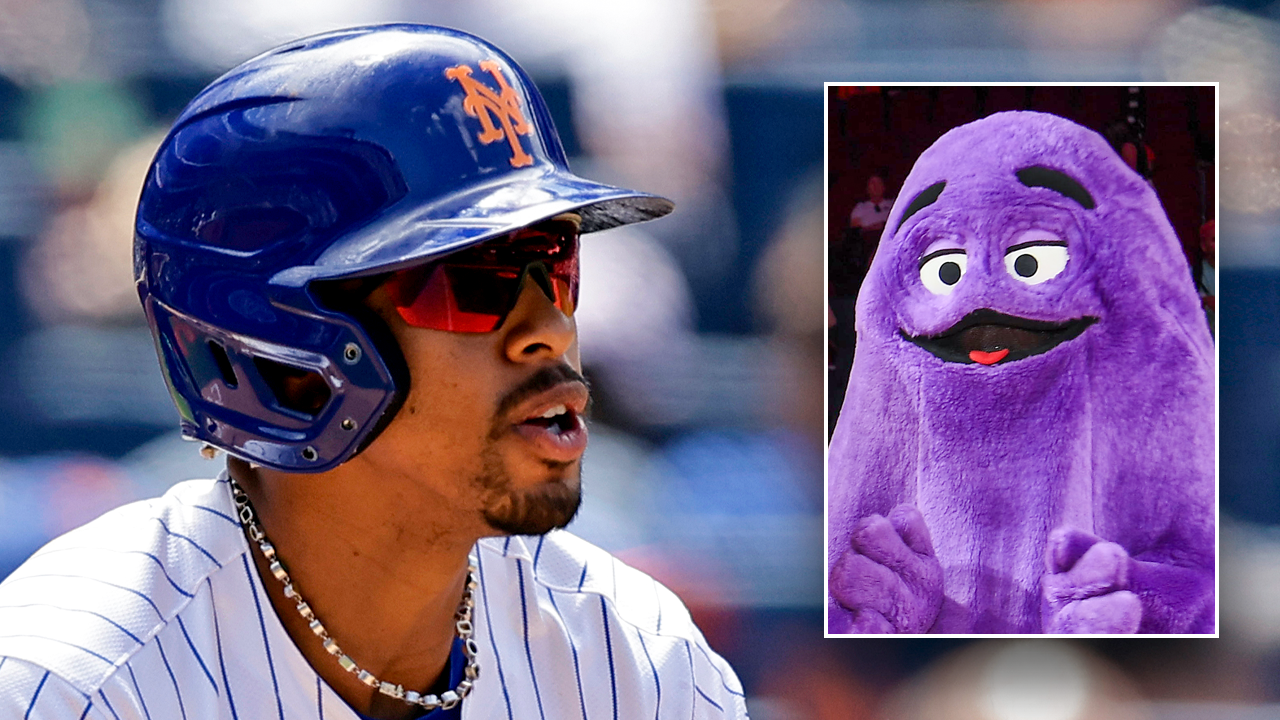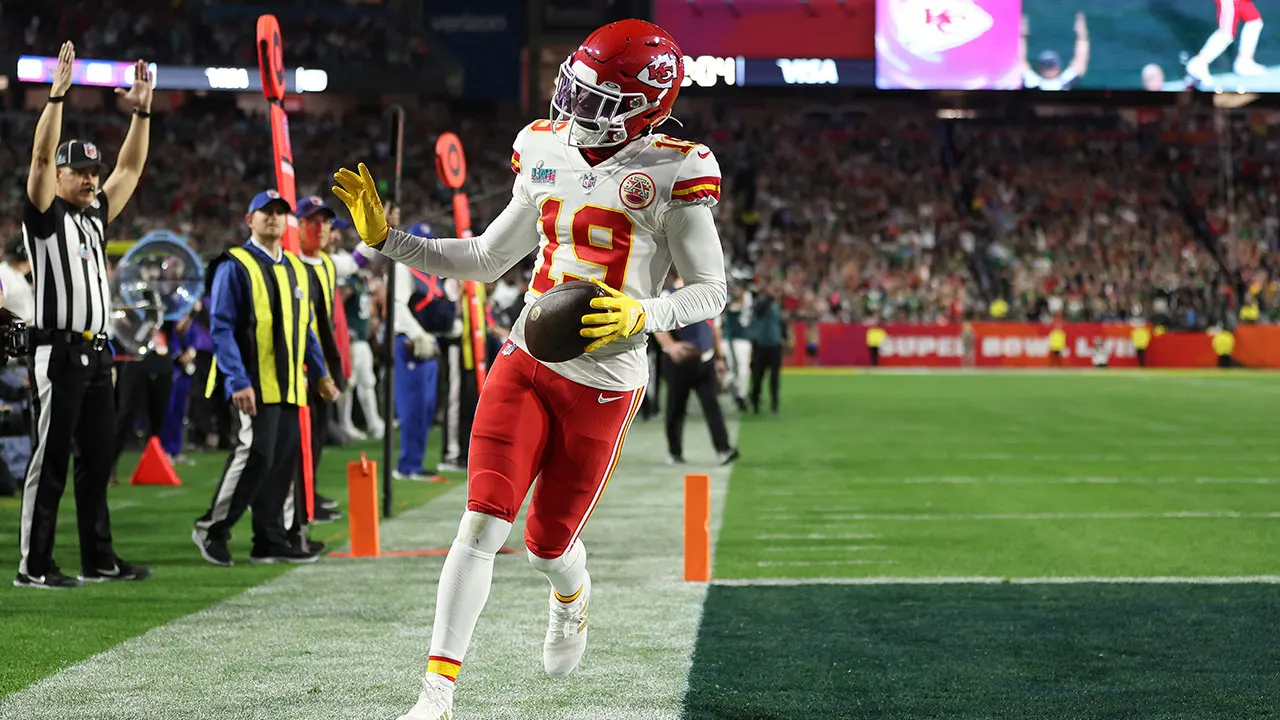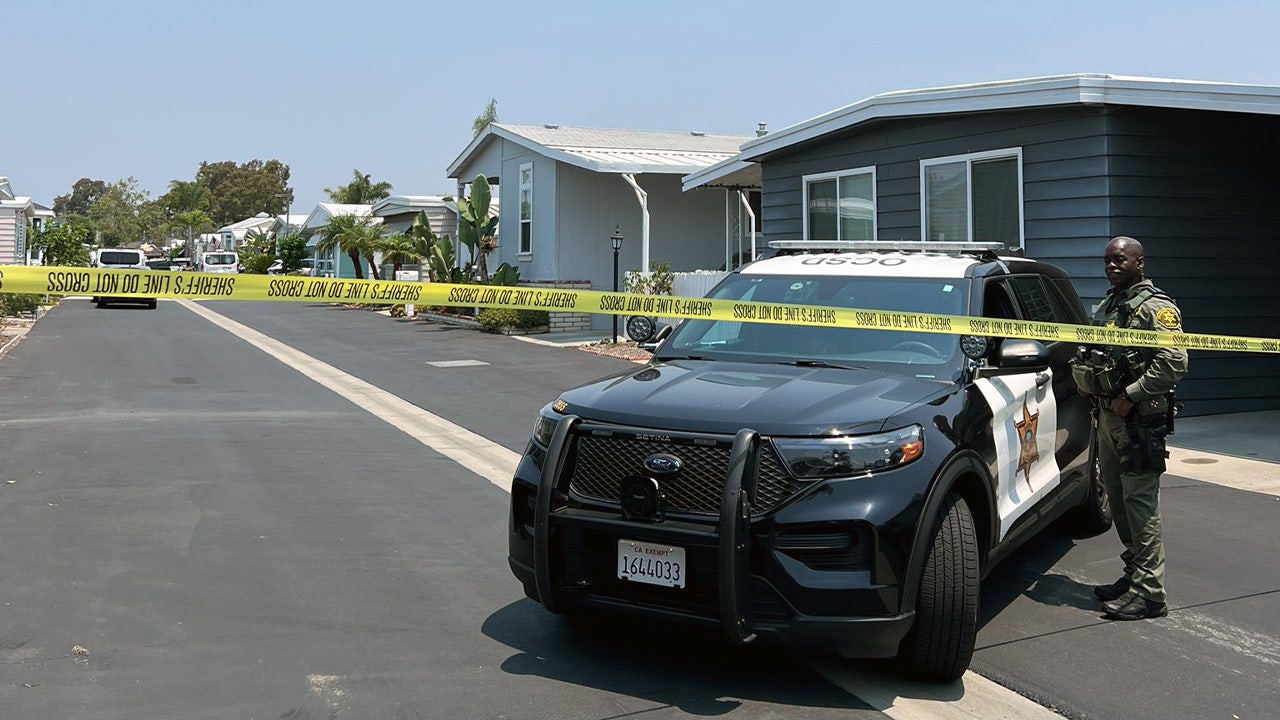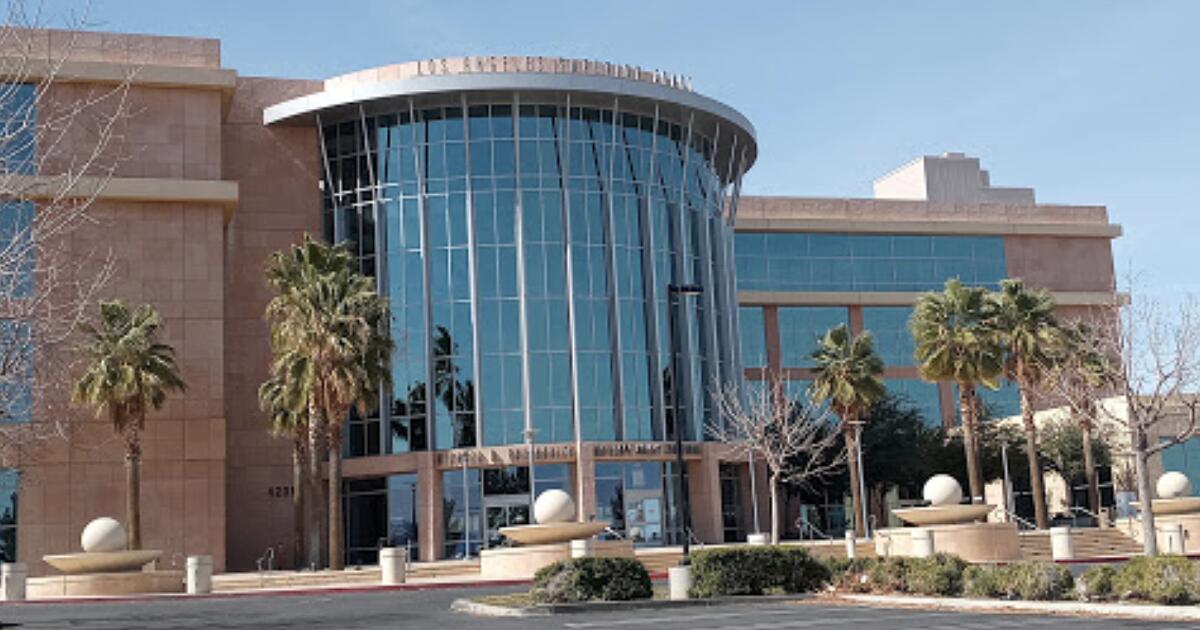If you spend much time in the Westlake neighborhood of Los Angeles, you'll notice, amid the clamor of buses, trucks, horns and vendors hawking their wares, a near-constant symphony of sirens.
They scream day and night in rapid response to an endless series of emergencies, many of them in and around MacArthur Park. But it's not typically a fire that LAFD Station 11 responds to. As of August of this year, there have been 599 calls for drug overdoses, compared to 36 calls for structure fires.
“I've had three in one day, the same person,” said firefighter and paramedic Madison Viray, who has worked at Station 11 for nine years.
California is about to be hit by a wave of aging populations, and Steve Lopez is taking advantage of it. His column focuses on the blessings and burdens of old age and how some people are challenging the stigma associated with older adults.
That's just one measure of how bad the epidemic is in the low-income neighborhood where homelessness is rampant, drugs are sold and used openly, 83 people died from overdoses in 2023, and merchants complain of gang threats and robberies by addicts.
In the middle of everything is Station 11, located on 7th Street two blocks from the park, with its trucks circulating 24 hours a day in all directions. Hanging on a wall inside the station is a proclamation from Councilwoman Eunisses Hernández and her colleagues honoring the team for being ranked by Firehouse magazine as the busiest ladder company in the country in 2022.
This year, Station 11 ranks just behind Station 9 on Skid Row (site of the city's other major drug zone) in total calls, but is on track to match last year's total of 15,262 calls. from medical and fire incidents (most of which do not involve overdoses).
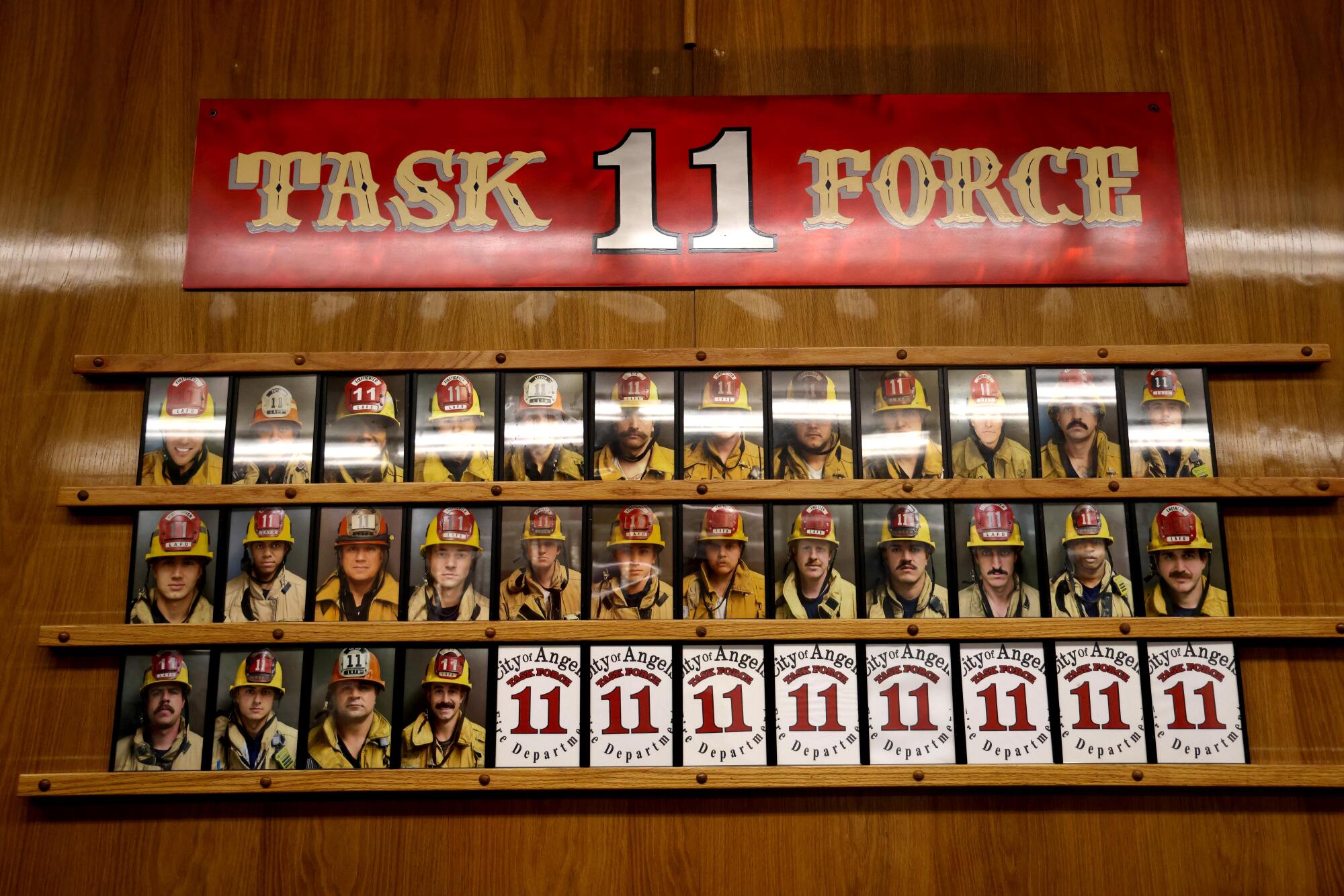
While I was meeting with several crew members at Station 11 on Wednesday afternoon, Viray and engineer Cody Eitner abruptly left to respond to a call from an alley near 6th Street and Burlington Avenue. They returned a short time later to say it was too late to save the victim.
“Someone found him and called, but they had been gone for a long time and there was nothing we could do,” Eitner said.
Word on the street is that the drugs in the neighborhood are dirty. Fentanyl can be added to cocaine, and the veterinary tranquilizer xylazine or “tranq” can be added to fentanyl, all of which raises the possibility of adverse reactions.
It is not uncommon to see people in the park with multiple oozing ulcers on their arms and legs, one of the side effects of the tranquilizer. It's also not uncommon to see people bent in half, like twisted statues, due to muscle stiffness that firefighters refer to as the “fentanyl fold.”

“Most of the time they are grateful for saving their lives,” Cody Eitner said of people who have revived from drug overdoses.
Battalion Chief Brian Franco, who first worked at Station 11 two decades ago as a firefighter, said, “We've seen many more deaths from overdoses than from heroin.”
And yet, with fentanyl, the drug naloxone, if administered quickly enough, can reverse the effects of opioids and save lives. It is sometimes used by friends of the victim or by a MacArthur Park overdose response team recently started by Councilman Hernandez and the Los Angeles County Department of Public Health. Or by teams from Station 11.
“The vast majority of our [overdose] The calls now are fentanyl,” said Capt. Adam VanGerpen, who serves as public information officer but also runs. “If we see that there are very shallow breaths… then we will open their eyes and see if their pupils are accurate. Now we know it's probably not… cardiac arrest or… respiratory arrest. “Now we're like, OK, this is an overdose.”
A fentanyl case may be easier to treat than a PCP or methamphetamine overdose, VanGerpen said, because the latter two drugs can make a person feel agitated and combative. If it is a fentanyl overdose, first responders will administer naloxone as a nasal spray (Narcan), inject it into a muscle, or pump it into an IV, depending on the situation.
“Any time we have success, it's satisfying,” captain Adam Brandos said. “In a station like this, where we make so many calls and it's a monotonous routine, those little victories are really good for morale. But it's not as satisfying to watch the replay. And we are not changing the cycle at all. … It keeps repeating itself over and over again.”

Sometimes, Brandos said, a single response can trigger a cascade: “We might take one call in the park and that call turns into four, because… of the other guy by the tree and the other girl by the tree.” tree”. lake, and then the other person who is here. “That’s pretty normal.”
The most surprising thing about all of this, Brandos said, is that these scenes play out so frequently that they have become normalized.
When you first see the depths of social collapse and public anguish, it is shocking. But it's all there again the next day, and the next, and though the shock lingers, a bit of numbness sets in, along with doubts that anyone in power is up to the task of restoring any semblance of peace. order.
Anthony Temple, an emergency incident technician at Station 11, took me on a dark virtual tour of a typical day, starting at the Westlake/MacArthur Park subway station, which in recent years has been converted into an underground hall of the horrors:

Captain Adam VanGerpen watches as a fire truck is deployed from Station 11.
“People have overdosed … on the subway platform while people were getting off the train,” Temple said. “There are people moving around this person, and we all go down and do what we have to do, get them to the hospital and leave. And you go back to the station and they send you with another overdose where the person will be lying, on the sidewalk, as if they were hanging in the street. …
“It's just day after day, morning, noon, night, sidewalk, platform, staircase, park,” Temple said. “You know, it's like everywhere.”
Two team members, Viray and Brandos, said they brought their children to the neighborhood to show them where Dad works and show them a world they couldn't have imagined.
And the reaction?
“Shocked,” Viray said of his 14-year-old son and 8-year-old daughter.

EMTs and paramedics at Los Angeles Fire Station 11 monitor a man they revived from an overdose.
“I wanted to show them what decision-making could be like,” said Brandos, whose daughters are 9 and 11 years old. “They wanted to know why everyone was leaning on the sidewalk. … I told them exactly what was going on.”
The team told me that they share a camaraderie that is specific to the demands of Station 11. If you choose to work there, it's because you like to be busy, you take pride in your tour count, and you learn to accept that you didn't do it. They create the crisis and cannot fix it. You can only answer one call at a time.
Just before 6:30 p.m., a call came. A middle-aged man was at Alvarado Street and Wilshire Boulevard, across the street from the park, in possible cardiac arrest from an overdose. A truck and an ambulance were moving forward, lights on and sirens blaring. In less than three minutes they arrived at the place.
The subject was in front of Yoshinoya Japanese Cuisine, which is surrounded by sellers of electronics, clothing and toiletries. Some of them were closing as daylight fell, and people were still gathered behind the restaurant in an alley that serves as a drug bazaar. It is a hellish landscape that has become part of the terrain, like the palm trees that rise over Alvarado Street and the streetlights that have gone out.
A salesman went about his business as if he had seen this scene so often that he didn't need to look again. Some passersby stopped to watch the commotion, perhaps waiting to see if the unconscious man would survive. A boy about 10 years old came close enough to watch as three firefighters approached the man.
The air was stinking with the day's burned energy and wasted opportunities, and where I stood behind the ambulance, trash fanned out six feet from the curb on the street. A bag of chips. A Yoshinoya to-go bag. Coca cola cans. Empty food containers.
This is all the normalized reality of a neighborhood that was once a gem of the city, and now suffers waiting for someone, anyone, to stand up and say this should not exist, cannot exist, and must end, for the good of all. . of civility and for the benefit of the workers who make up the majority of residents here, raising children who deserve better.

Emergency medical technicians (EMTs) and paramedics from Los Angeles Fire Station 11 prepare to take a man, who has just revived from a drug overdose, to the hospital at the corner of S. Alvarado and Wilshire Blvd. .
Firefighter and paramedic Luke Winfield put on a pair of white latex gloves and prepared an injection of intravenous nalaxone, tied a blue tourniquet around the man's upper arm and dipped the life-saving medication into the crook of his elbow. .
After several seconds, the man stood up abruptly as if on springs, moving away from the brink of death. He asked what had happened.
“You overdosed,” one of the firefighters said.
Still unsteady, he fell onto a vending cart and lay on his back, staring at the reincarnated sky turning pink. He was going to make it. This time. They put him in the ambulance to take him to the hospital.
I asked Winfield how many times, in his two years at Station 11, he had done what he had just done.
“Hundreds,” he said. “This center is crazy.”

